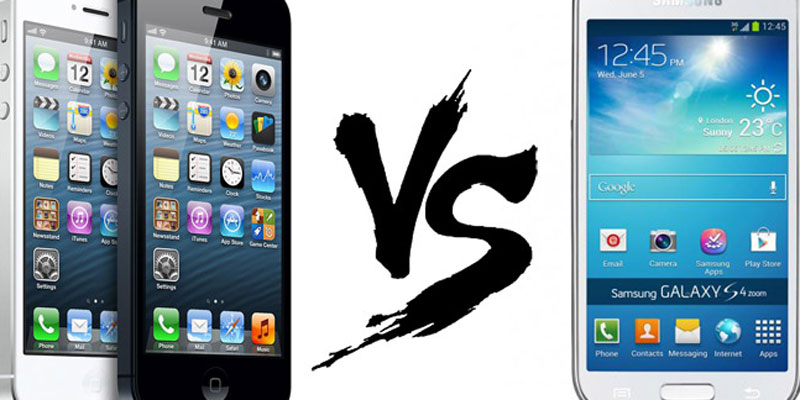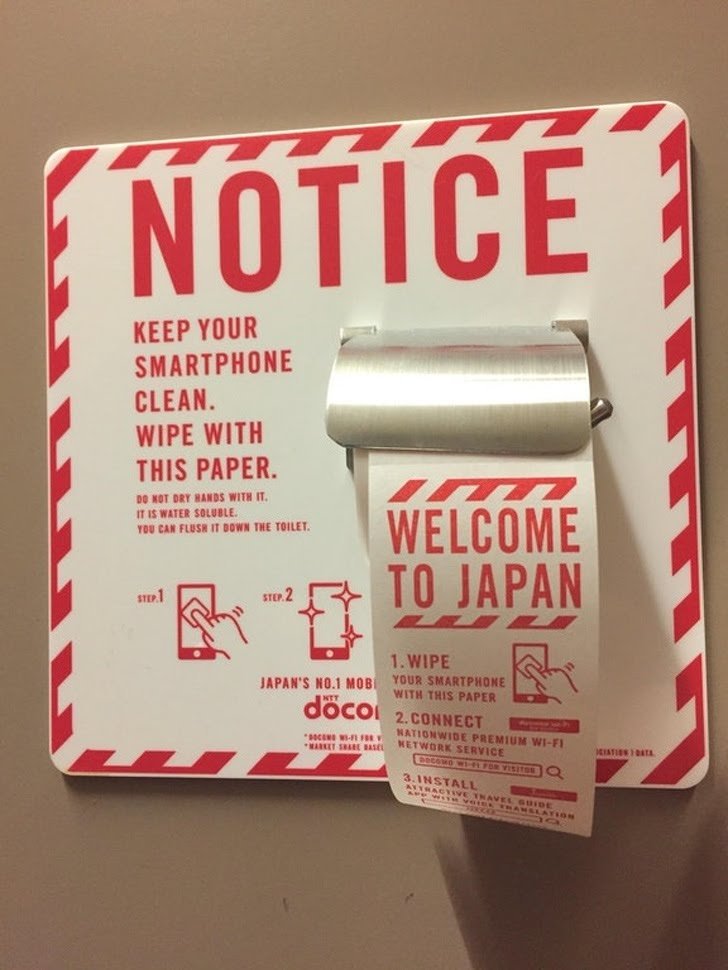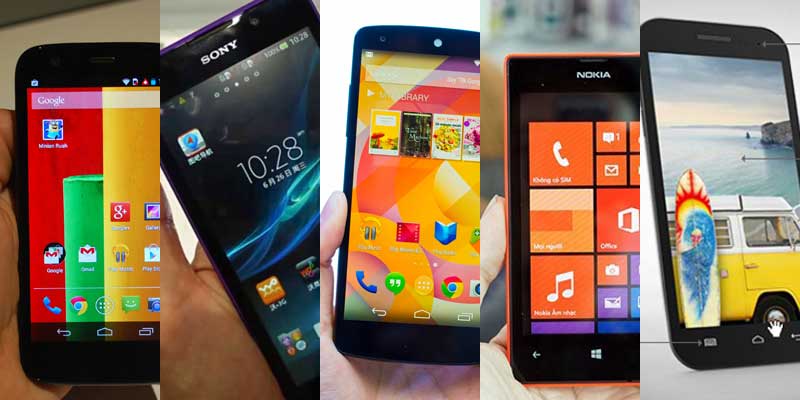The many generations of the iPhone that ruled the smartphone segment, slowly but surely started losing some of its market hold to the Galaxy, courtesy of Samsung’s persistence efforts and huge marketing budgets.
Samsung has directly challenged Apple with its newest Galaxy S5 smartphone.
The many generations of the iPhone that ruled the smartphone segment, slowly but surely started losing some of its market hold to the Galaxy, courtesy of Samsung’s persistence efforts and huge marketing budgets.
Now even though, the Samsung’s latest entrant, the Galaxy S5 has not set any remarkable benchmark for the year 2014, it will still continue to give the iPhone 5 a tough fight in the global market.
We take a look if the S5’s new security and health tracking features and the refreshed screen and casing is able to live up to the premium standard offered by the iPhone 5S.
Design:
The Samsung Galaxy S5 features a more rectangular shape that its younger siblings. The back panel has now ditched the old flimsy-looking plastic and instead features a more grippable perforated plastic in matte finish. The gorgeous screen of the Galaxy S5 has now been increased to 5.1 inches and the device is available in Electric Blue, Charcoal Black and Copper Gold.
The design of the iPhone 5S on the other hand, still looks way more classier and chic. Available in Space Gray, Silver and Gold, the iPhone 5S offers two-toned look with its glass and metal finish.
Dimensions:
Dimensionally, the Samsung Galaxy S5 measures 142mm in height, 72.55mm in width and 8.1mm in depth, while the iPhone 5S measures 123.8mm in height, 58.6mm in width and 7.6mm in depth. Clearly, the iPhone 5S comes across an easy to use, easy to handle phone with its smaller dimensions. However, some users do prefer a slightly larger and more sturdy phone and this is where the S5 scores over the 5S. Furthermore, in terms of weight the Galaxy S5 weighs145g, while the iPhone 5S weighs 112g, making the iPhone 5S lighter and sleeker to carry in hand.
Display:
The Samsung Galaxy S5 features 5.1-inch display and has a resolution of 1,920 x 1,080, which in 2014 is almost standard. Like the iPhone 5S, the Galaxy S5 has a fingerprint sensor. It’s also dust- and water-resistant – similar to the Galaxy S4 Active that we saw last year. Screen type is Super AMOLED 432 pip.
The iPhone 5S features a slightly smaller 4 inch windscreen Retina and multi-touch display with a resolution of 1,136 x 640 with the screen type being IPS LCD 326 ppi. The 5S also boasts of fingerprint-resistant oleo-phobic coating on front.
Processor:
The Galaxy S5 is being powered by a 2.5GHz Qualcomm Krait and is paired with 2GB of RAM. The iPhone 5S is being powered by a A7 chip with 64-bit architecture and features M7 motion coprocessor. Operating system is Android 4.4.2 KitKat for the Galaxy S5, while the iPhone runs on the latest iOS 7.
Storage:
The Samsung Galaxy S5 can be had with in-built storage capacity of either 16GB or 32GB – both configurations can be further expanded to up to 128GB via microSD card. The iPhone 5S can be had in either 16GB, 32GB or 64GB configuration, with no option for card slot.
Battery:
The Galaxy S5 is powered by a 2,800mAh battery with a standby time of up to 390 hours and a talk time of up to 21 hours. The iPhone 5S features a 1,434mAh rechargeable lithium-ion battery, which provides talk time of up to 10 hours on 3G and standby time of up to 250 hours. The iPhone 5S battery is also good for up to 8 hours of 3G time and up to 10 hours of LTE, Wi-Fi, video playback and an audio playback time of up to 40 hours.
Camera:
The Galaxy S5 features 2 megapixel camera on the front and 16 megapixel rear-facing camera that can focus in as fast as 0.3 second and is capable of 4K video recording. The rear camera features HDR (Rich tone) Selective Focus, Virtual Tour Shot and more.
The iPhone 5S sports a 1.2 megapixel front-facing camera, which features 720p HD video recording and Backside illumination sensor. The iSight camera is 8 megapixels and features Sapphire crystal lens cover, True Tone flash, Backside illumination sensor, Five-element lens, Hybrid IR filter, Autofocus, Tap to focus, Face detection, Panorama, Auto image stabilization, Burst mode, Photo geotagging and 720p HD video recording at 120fps slow-motion.
Wireless, Connectivity & External buttons:
Connectivity features on the Galaxy S5 include Wi-Fi 802.11ac, MIMO (2X2), LTE Category 4 and Bluetooth 4.0. The connectivity features on the iPhone 5S include, 2G/3G/4G LTE, Wi-Fi 802.11n and Bluetooth 4.0. External buttons include a 3.5mm jack, volume buttons, sleep/power button, ring/silent switch, built-in speakers, Lightning connector and Home/Touch ID sensor.
Sensors:
With the new safety features and apps, the Galaxy S5 boasts of some new sensor technology. Few of the notable ones are the Accelerometer, gyro, Proximity, compass, barometer, Hall, RGB ambient lights, Gesture (IR), Finger scanner and Heart rate sensor. The iPhone 5S on the other hand, features three-axis gyro, Accelerometer, Proximity sensor, Ambient light sensor, Fingerprint identity sensor.
Price:
The Samsung Galaxy S5 will start rolling out globally, from 11th April. Though the official pricing has not been announced yet, we reckon the S5 will retail around 550 euros or 650 dollars or Rs 36,000 approximately. The iPhone 5S on the other hand is priced at Rs 53,500 for the 16GB variant, Rs 62,500 for the 32GB variant and Rs 71,500 for the 64GB variant.
Verdict:
One of the standout features of the iPhone 5S is its Touch ID system, but the Galaxy S5 has matched it with its own fingerprint scanner that needs to be swiped to be activated. So, the exclusive feature of the iPhone has once again, been imitated by the Galaxy S5. If you want a glass a metal phone, the iPhone 5S is still your best bet, as the Galaxy S5 stays true to its plastic origins. If you are a health freak and need a smartphone that not only tracks how many steps you’ve taken, the Galaxy S5 will stand out for its features such as the heart rate sensor at the back. Another great feature of the S5 is the Emergency mode, which when activated sends out SOS messages to a user’s emergency contacts with a link that pin-points your location on a map, a message with a picture automatically taken with the rear camera and one with the front-facing camera and also a 5-second audio recording that begins right when you activate the Emergency Mode.
Based on the new set of features, the Galaxy S5 seems like to be decent choice, if you’re looking to upgrade to something better.
However, if you are an Apple fan boy, no matter what features the Samsung throws on to its devices, you’ll be unlikely to dump your iPhone for it.





